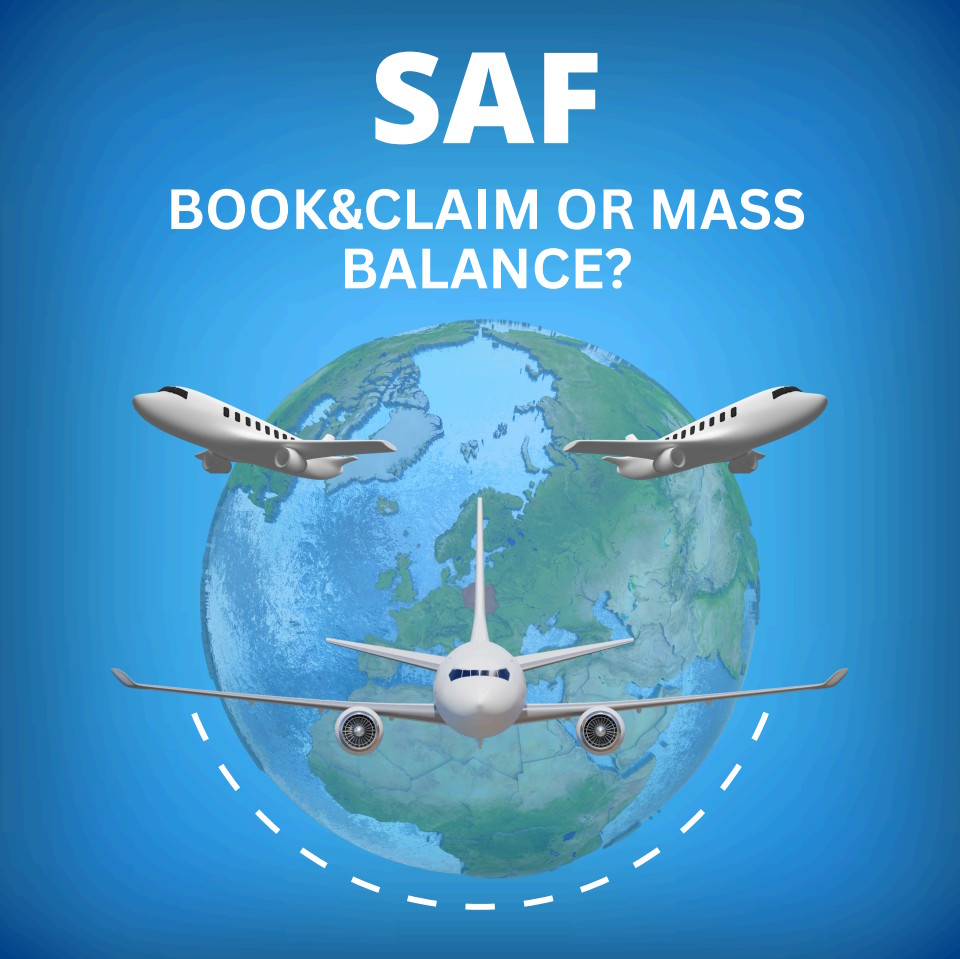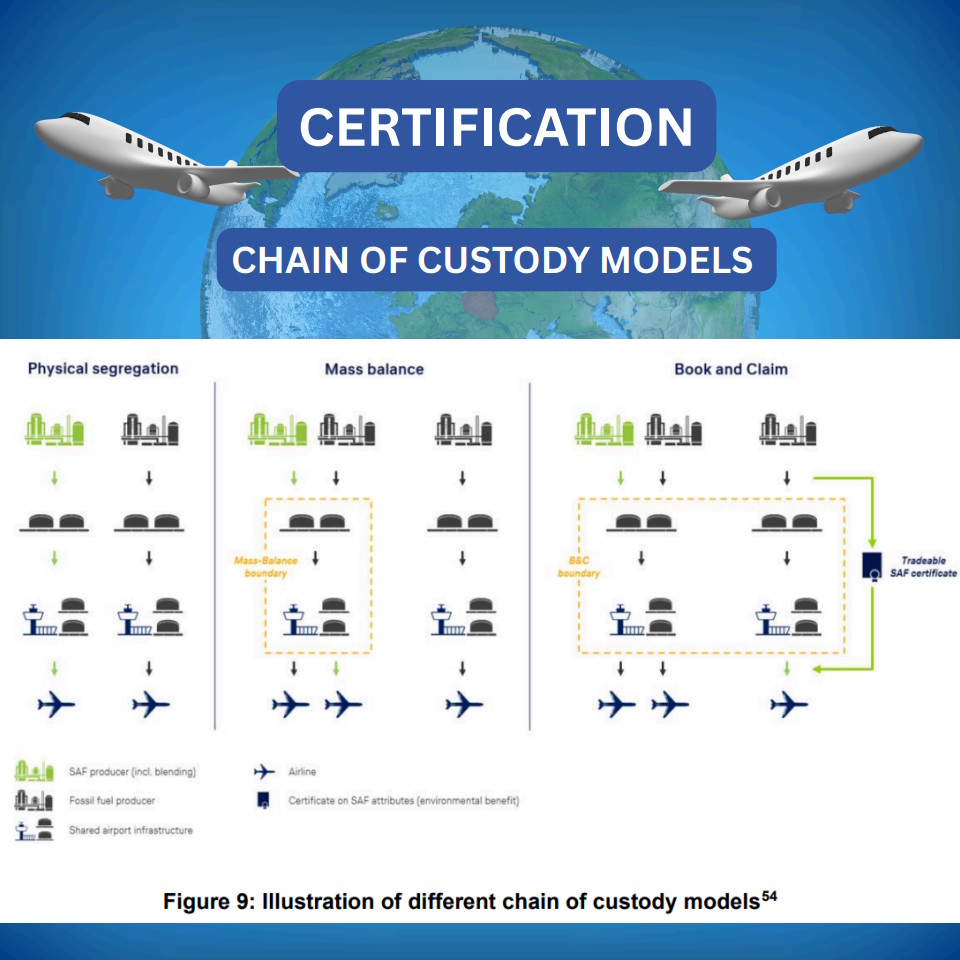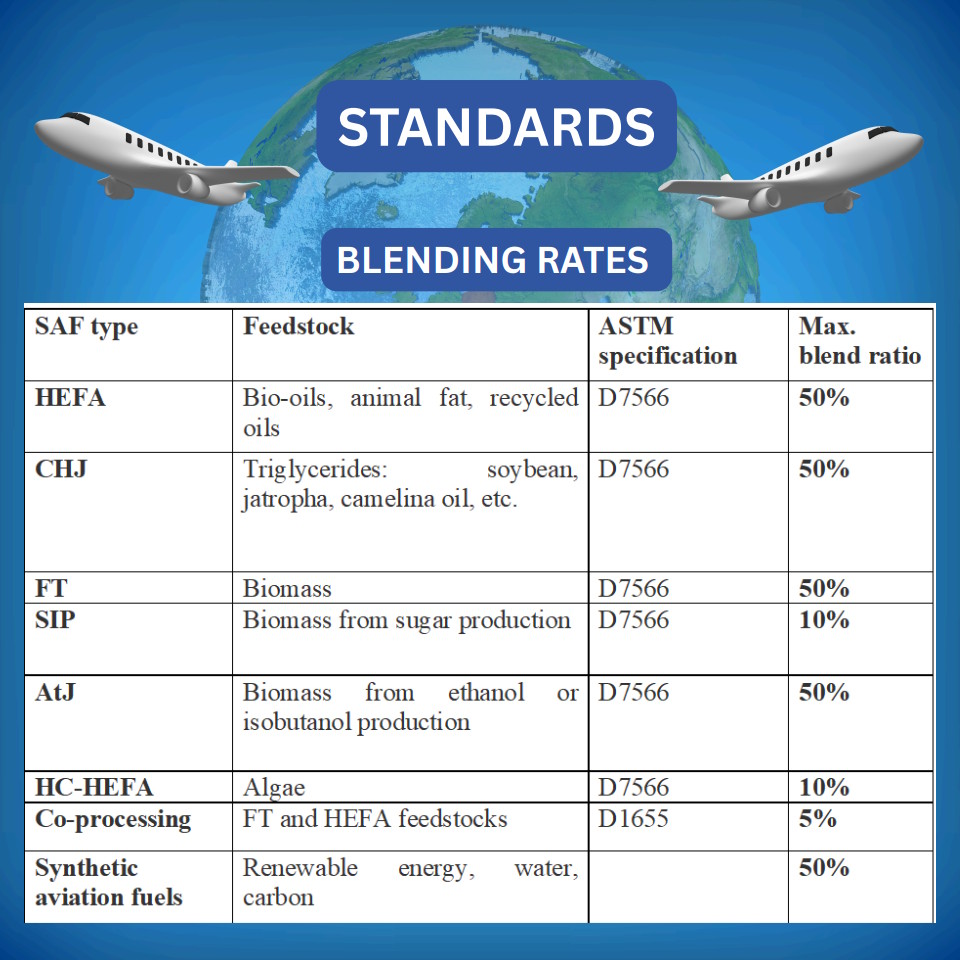Chain of custody for SAF
This article describes some basic information on chain of custody for sustainable aviation fuels (SAF) particularly in the EU context.
Chain of custody
Chain of custody describes the method by which sustainability data is transferred along a supply chain to enable claims, for example, to demonstrate that a specific volume of SAF meets the RED sustainability and GHG criteria.
Chain of custody main models
📌 Physical segregation – materials with different sustainability characteristics are never mixed.
📌 Mass balance – physical mixing is allowed, but inputs and outputs must be balanced at each step in the chain. Sustainability characteristics must always follow a physical transfer of material.
📌 Book & claim – sustainability attributes can be traded separately from the physical product (similar to renewable electricity certificates). This offers more flexibility, but the link to the physical material is weaker.
EU clarification on chain of custody
Key references:
- Assessment of the production and supply of SAF in Union airports and study on the feasibility of the creation of a system of tradability of SAF in the EU: link.
- European Commission Report on the ReFuelEU Aviation SAF flexibility mechanism: link.
✅ Main points
- European Commission Report on the ReFuelEU Aviation SAF flexibility mechanism: “The Commission has not yet obtained any evidence that the virtual trading of SAF sustainability certificates would be a decisive factor to really increase production in the EU, improve the physical availability of blended SAF across the EU or reduce their prices. Moreover, the impact of such a virtual market (particularly on the demand side) would require further assessment of several pieces of EU legislation and their related national transpositions (e.g. the RED, EU ETS, ReFuelEU Aviation and Directive (EU) 2024/1788 (the Gas Directive)). For instance, the EU ETS does not allow aircraft operators to claim the use of blended SAF if these are not physically delivered to them.”
- In the EU, a mass balance system is mandatory to trace sustainability from feedstock to airport delivery, ensuring compliance with RED, EU ETS and ETD.
☑️ Open questions
The European Commission does not currently view book & claim as an effective tool to increase SAF demand. At the same time, while chain of custody ensures compliance with the minimum SAF share under ReFuelEU Aviation, international fuel standards still impose blending limits (often 10% to 50%).
This raises the question:
➡️ Is the book & claim model still needed? And if so, how can we effectively combine different chain of custody models with blending limits under international standards to ensure robust SAF accounting
❓ Do you need more information on certification topics?
➡️ Reach out here on LinkedIn or contact me.



